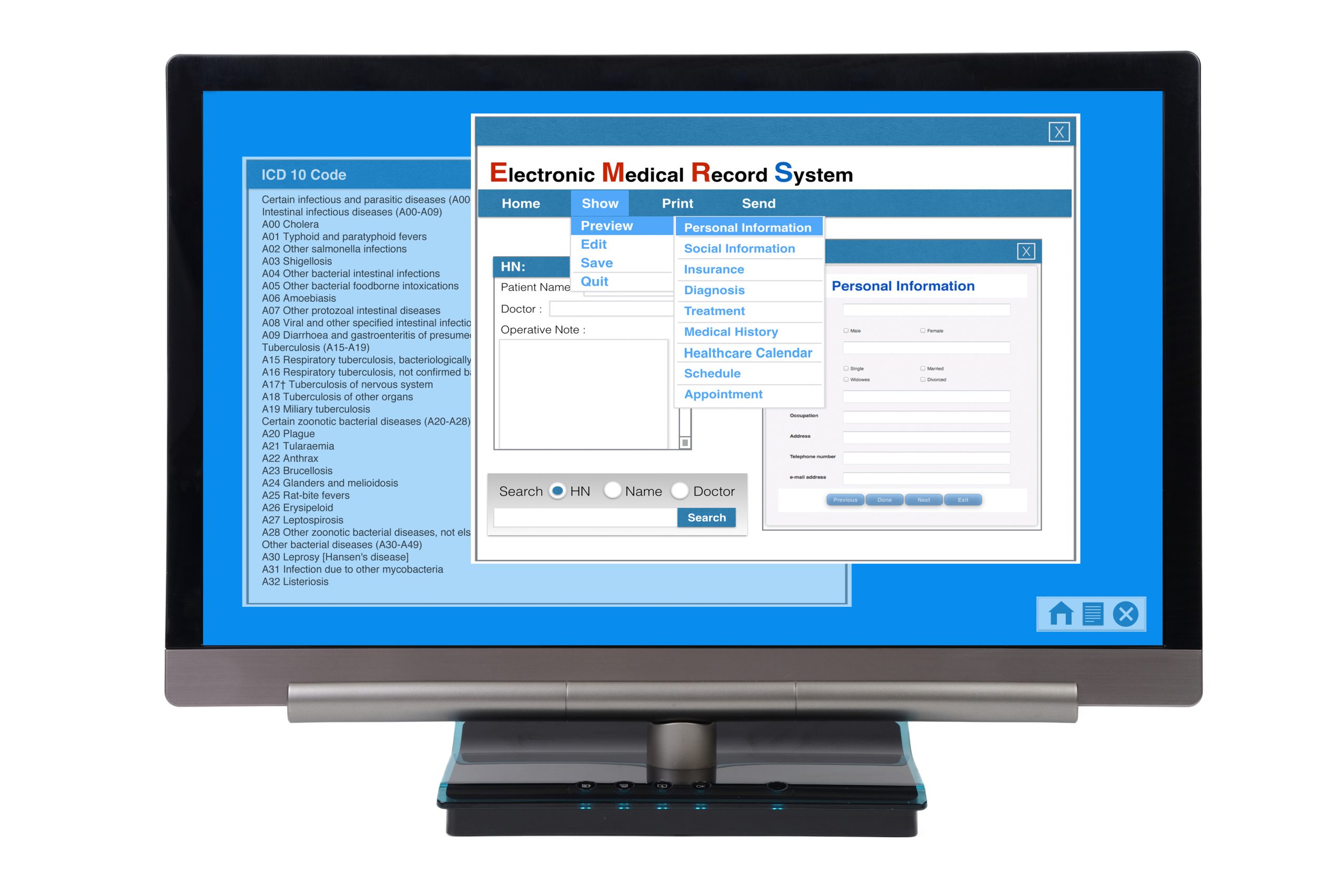Electronic medical records (EMR) have altered significantly the practice of medicine. Some of the effects of EMR are positive but...

Electronic medical records (EMR) have altered significantly the practice of medicine. Some of the effects of EMR are positive but...
© 2025 jackomd180. All rights reserved.